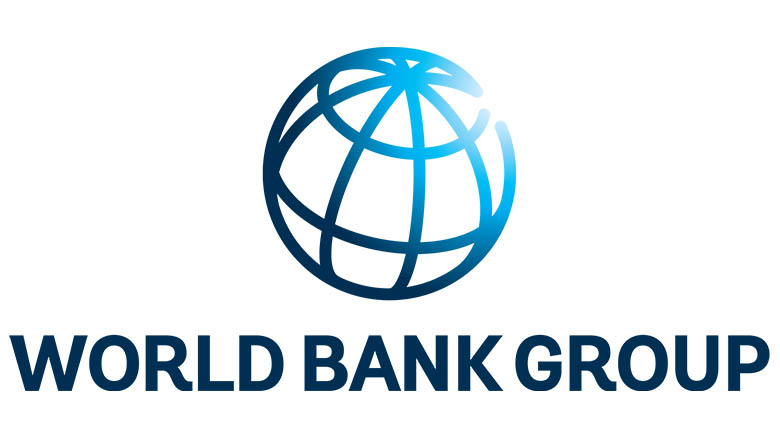The World Bank has said that domestic food price inflation remains high around the world with Africa, North America, Latin America, South Asia, Europe, and Central Asia most hit by the crisis.
According to the Bretton Woods Institution, the share of high-income countries with high food price inflation has risen to 87.3 per cent. it noted in its latest newsletter that information between September to December 2022 showed high inflation in almost all low-income and middle-income countries; 94.1 per cent of low-income countries, 92.9 per cent of lower-middle-income countries, and 89 per cent of upper-middle-income countries have seen inflation levels above 5 per cent, with many experiencing double-digit inflation.
“Since the last update on December 13, 2022, agricultural cereal, and export prices have remained relatively stable. “The agricultural index closed at the same level, the export index 1% higher, and the cereal index one per cent lower. Maize and wheat prices closed one per cent and two per cent lower, respectively, and rice prices one per cent higher.
“Maize and rice prices are eight per cent and 13 per cent higher, respectively, than in January 2022, and wheat prices two per cent lower. Maize and wheat prices are 27 per cent and 13 per cent higher, respectively, than in January 2021, and rice prices 10 per cent lower,” said IMF.
A December 2022 report released by the Fund had indicated that global food prices were expected to remain high because of war, energy costs, and weather events, despite interest rate hikes having slightly eased price pressures. Record prices have increased food insecurity, raised social tensions, and strained the budgets of countries that rely on food imports.
The 2022 Financing Flows and Food Crises Report released by the Global Network Against Food Crises also highlighted that countries that experience food crises received the most humanitarian financing.
“When all sectors are considered, development allocations to food crisis countries are much larger than humanitarian assistance. When considering allocations to countries based on drivers of food crises, countries where conflict and insecurity are the main drivers absorb the largest share of humanitarian and development assistance,” the newsletter added.

A recent World Bank blog underscored that high fertiliser prices had become a significant obstacle to food production in low income countries, destabilizing the 2023 and 2024 crop cycle; 205 million people are in acute food insecurity in 45 countries worldwide. Many of these countries lack sufficient raw materials—nitrogen, potash, phosphate, natural gas—and production facilities to ensure that farmers can affordably access fertilizers.
The challenge is clearest in sub-Saharan Africa, where disruptions to fertiliser exports from Belarus and Russia and restrictions of other exporting countries have hit poor households hardest. Fertiliser prices have tripled since early 2020 and remain volatile, preventing smallholder farmers from accessing a stable supply.
Meanwhile, farmers in more-advanced economies can afford to plant more and purchase fertilizer because they benefit from subsidies that often cover natural gas for fertilizer and diesel fuel for equipment. A new analysis conducted by IFPRI of 1.27 million children in 44 low- and middle-income countries explores the potential impacts of food inflation on wasting and stunting among 1.27 million pre-school children.

